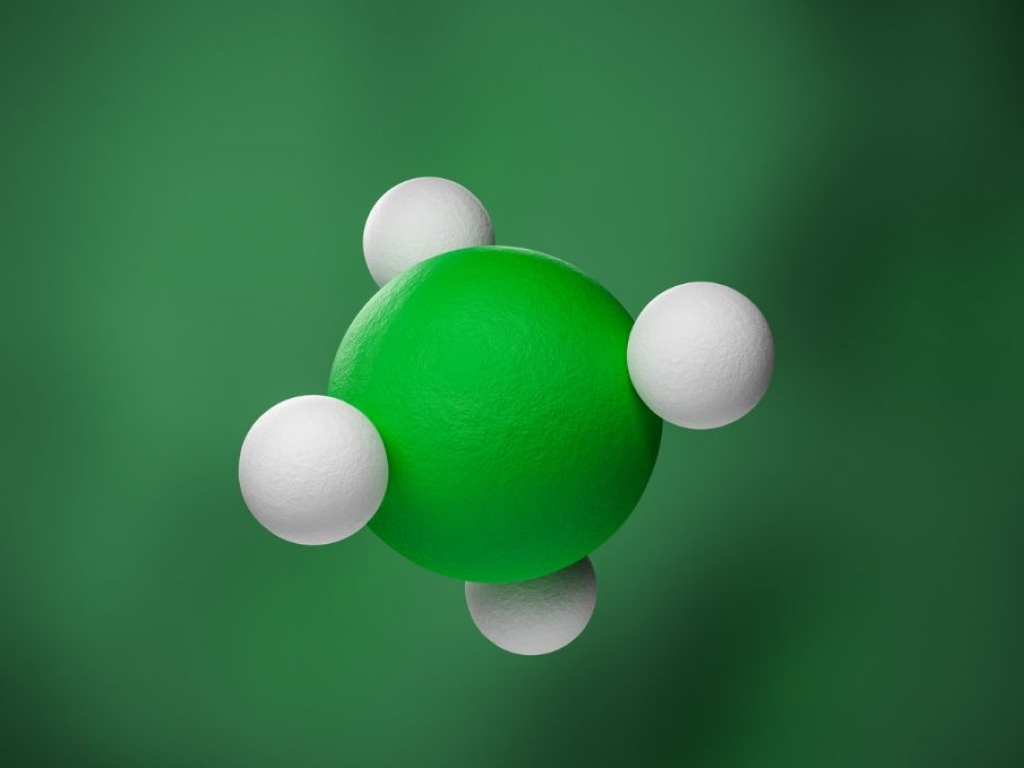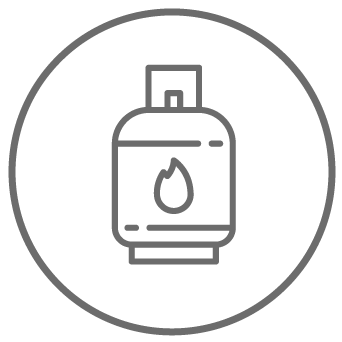Aliphatic hydrocarbons - Definition
11 Giugno 2025

In organic chemistry, the term aliphatic is used to identify organic compounds that are not part of the class of the aromatic ones. Specifically, these are substances in which carbon atoms bond to give rise to linear, branched, and cyclic chains, and depending on the type, they are classified as
- Single bonds (alkanes)
- Double bonds (alkenes)
- Triple bonds (alkynes)
The term aliphatic comes from the Greek ointment and denotes fats that are contained in long carbon chains.
Main aliphatic hydrocarbons
Aliphatic compounds include alkanes such as methane and butane and alkenes such as ethylene, but also alkynes i.e., acetylene. The simplest aliphatic compound is methane i CH4. Several elements bind to the carbon chain: besides hydrogen, there are oxygen, nitrogen, sulphur and chlorine.
In this regard, the whole class of open-chain aliphatic compounds, which also have the characteristic of being flammable, is called aliphatic or fatty series. Specifically, aliphatic hydrocarbons are understood to be those compounds that do not contain benzene rings in the open chain and in which the carbon atoms are linked together with linear or branched chains, unlike alicyclic hydrocarbons in which the chains are closed in rings.
Hydrocarbons in general
Aliphatic hydrocarbons are part of the largest class of hydrocarbons-those binary organic compounds with carbon C and hydrogen H atoms. From hydrocarbons derive the various classes of organic compounds, and in chemistry, a general distinction is made between
- Aliphatic hydrocarbons - all compounds that do not contain benzene rings in the molecule
- Aromatic or arene hydrocarbons that contain one or more benzene rings condensed into monocycles and polycycles
In addition to this, hydrocarbons are distinguished between saturated and unsaturated according to whether there are single, double or triple bonds, and each family of aliphatic hydrocarbons (alkanes, alkenes, alkynes, cycloalkanes, cycloalkenes) can be represented by the same general formula (constitutes a homologous series).
Hydrocarbons - Properties
The main characteristic of hydrocarbons is that they are insoluble in polar solvents such as water is very soluble in apolar solvents like ether, carbon tetrachloride and others. As the number of carbon atoms and the complexity of the degree of branching increase, the boiling point increases.
Hydrocarbons with 15-16 carbon atoms are defined as liquids, gases as those with 3-4 atoms, and solids as those with more d 16 carbon atoms. Unsaturated hydrocarbon is more reactive than saturated hydrocarbon, and aromatic hydrocarbons are definitely more stable than aliphatic hydrocarbons, since they are difficult to break down.
The main source of hydrocarbons is fossil coal in addition to natural gas, which consists of 99 percent methane, and oil. There are a few hundred hydrocarbons in oil, averaging 80% aliphatic hydrocarbons and 20% aromatic hydrocarbons.
Settala Gas has always been a leading company in the production, processing and selling of hydrocarbons, including aliphatic and aromatic hydrocarbons. Contact us for more information!
Contact us for more information about the world of hydrocarbons!
Contact us
Last News




